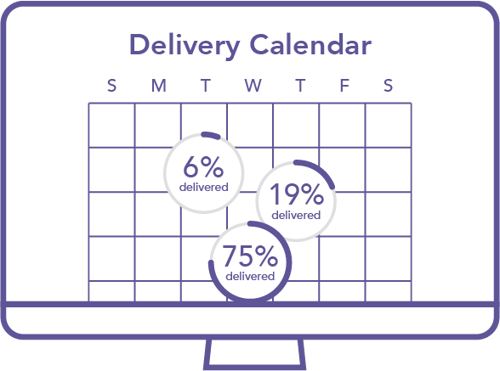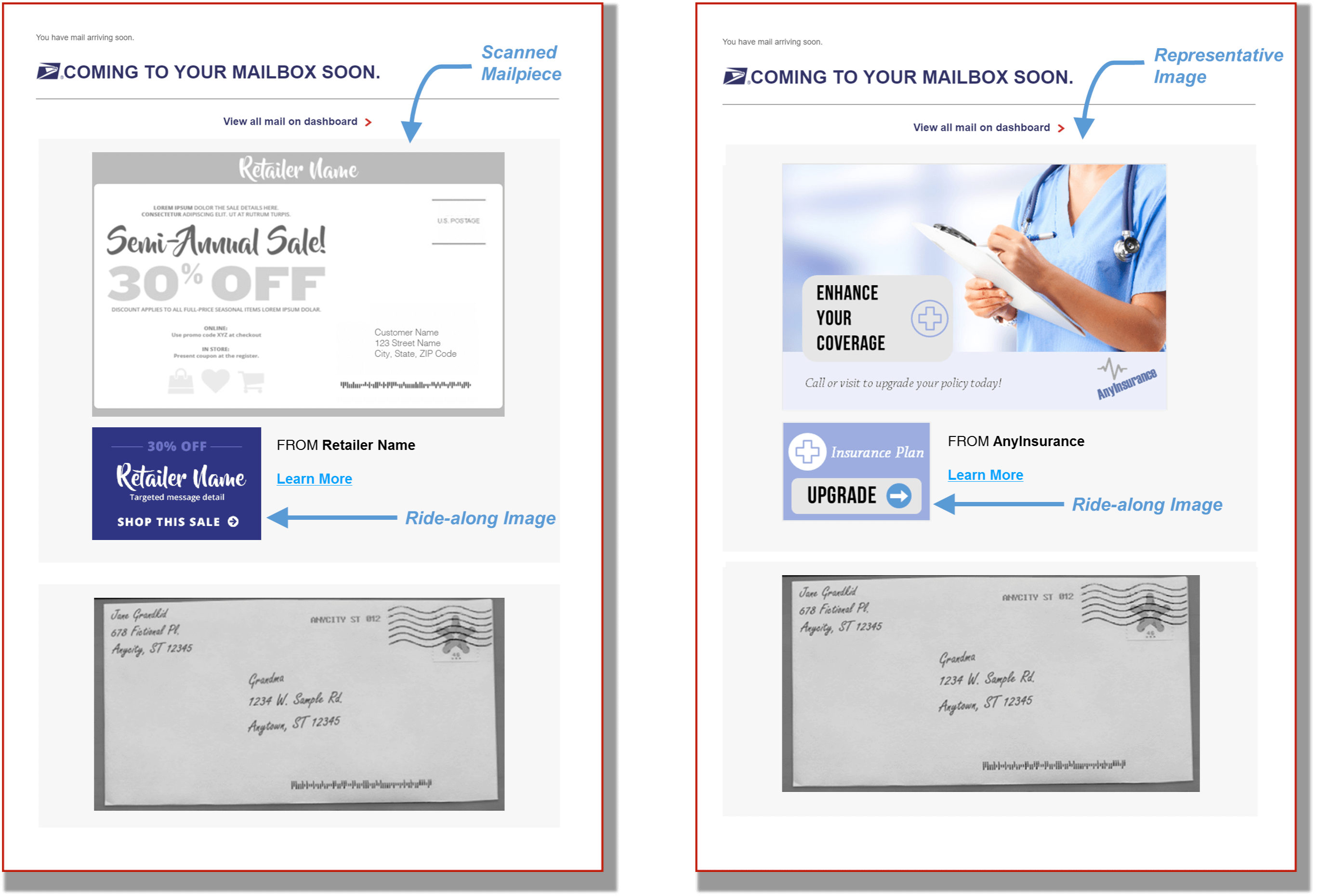According to the 2018 DMA Statistical Factbook, direct marketers have seen a jaw-dropping year-over-year increase of 43 percent for print marketing response rates. And since direct mail already yields one of the highest response rates for any marketing channel, this is a trend that marketers can’t afford to ignore.
Less competition, consumer preference, and better brand recall are a few of the reasons direct mail is so effective. But we wondered what else could be contributing to this dramatic upward trend, and so did the DMA. They found that much of the growth in direct mail response rates can be attributed to “an increase in mailings paired with digital intelligence.”
Sounds great, but what does that actually mean?
It means brands are starting to apply the same data and behavioral-based triggers that work for digital marketing to direct mail! This combination of digital intelligence with variable data printing and marketing automation has led to a new class of mail that many are now calling “digital direct mail.”
The definition of digital direct mail is quite broad. Tactics range from simple mail tracking software to full-fledged automated mail programs that integrate with your CRM and marketing automation platforms. No matter which strategies you employ, there is no denying that it yields impressive results. In fact, businesses using digital direct mail have seen a 190% increase in their direct mail conversions.
In this post, we’ll highlight a few digital direct mail strategies. Some may offer quick wins for your business and others may take additional time to develop. However, based on the growth in response rates we think digital direct mail is something every marketer should consider sooner rather than later.
Here are a few ways to get started with digital direct mail.
Mail Tracking
One of the reasons that direct mail has always been dubbed as an “offline” channel is because it lacked the tracking capabilities that come with digital marketing tactics. But thanks to the Intelligent Mail Barcode USPS letters, flats, and packages can now be traced through the mail stream.

An experienced mail service provider or printer can interpret data in the IMb to provide customers with the last known scan of each direct mail campaign. This allows you to know exactly when your mail piece should arrive so you can better prepare for inbound inquiries or follow-up emails and sales calls.
Call Tracking
It’s easy to track digital responses. You simply follow the clicks (which can be anonymous or tied to an individual using a pURL or a tracking pixel placed into your web page). However, it’s not as easy to track inbound phone calls unless a call tracking service is used.
With call tracking, each direct mail campaign is assigned a unique phone number so you’ll know exactly how many calls it produced. The unique phone number is routed to your main business line and calls can be recorded providing further insight into your lead reception and sales processes. The best part is that call tracking can be used beyond direct mail to track phone calls from emails, landing pages, social media ads and more.
Personalized URLs

Personalized URLs (or pURLs) are another great way to track direct mail responses. A pURL can be formatted in several ways but in most cases, the recipients’ first and last name will be added to the domain, such as johnsmith.domains.com.
When someone visits a pURL—which many people are inclined to do—the landing page uses data from your mail list to show personalized content. Pre-filled forms, personalized headlines, images, and other content is automatically shown to each recipient.
However, the biggest advantage of a pURL is that each person’s interaction with your campaign is uniquely tracked—whether they complete the form or not! Unlike traditional landing pages which only show the number of visitors that did not convert, a pURL will tell exactly which of those visitors came to your site but did not complete the form. Then you can follow-up and encourage prospects to take that final step.
Retargeting
Brands have been using online ad retargeting for years and it makes sense to leverage the same technology for direct mail.
By placing a tracking pixel on your website, you can “tag” visitors that come to your landing page from your direct mail campaign. You can then expand your reach and create additional impressions—increasing your chance for conversion—by remarketing to those visitors with online ads. Text and image ads matching your direct mail campaign’s design will follow web visitors around the internet after they leave your site. So if leads don’t take the desired action (fill out a form, buy, etc) the first time, you’ll still stay in touch!
You can also remarket to known contacts in your CRM when they visit certain web pages or take other actions on your site. Using your marketing automation platform you can create a triggered, behavioral-based direct mail campaign by sending a file or data feed to your printer. From there, printers use variable data printing technology to pair the data file with a direct mail template to create personalized postcards, letters, and self-mailers.
IP Targeting
Another remarketing tool for direct mail is IP targeting. Let’s say you visited a retailer’s website for the first time and looked at a particular pair of shoes. Using IP targeting and other third-party data sources your anonymous web visit can be matched with your name and address. A few days later you could receive a personalized postcard with a special offer for the shoes you looked at online!
Social Match
The studies vary but on average it can take 7-15 touches before a prospect converts. That’s why it’s important to get the most out of every direct mail campaign you send. One option to help expand your reach is Social Match which uses your mail list to find corresponding social media accounts.
Once a match is made (and your list meets the minimum thresholds set by each network) you can market to that audience using pay per click ads. The ads can be set to run before your direct mail campaign starts to deliver—helping recipients recognize your brand when the mailpiece arrives. And by using social match they’ll see your message on Facebook and Instagram, even before they visit your website!
Informed Delivery
Informed Delivery is the ultimate definition of digital direct mail because it literally puts a clickable version of physical mail in someone’s email inbox. When a customer signs up for Informed Delivery from USPS, they’ll receive a daily email preview of the mail that’s being delivered that day.

Marketers can take advantage of this by creating Informed Delivery campaigns that include a full-color clickable ad next to the image of each mailpiece. That means a customer can interact with your direct mail offer before they even get home to open the mailbox.
Direct Mail is No Longer an Offline Channel
Although the term digital direct mail is somewhat new, the concepts and technology have been in practice for years. Marketers can now apply the strategies that have worked so well for digital marketing to direct mail—redefining mail in the process.
With digital direct mail, print is no longer a disconnected “offline” channel, it is a seamless and integrated part of the modern marketing mix. And with response rates that are often double and triple those of digital-only campaigns, it’s time for marketers to take advantage of everything digital direct mail has to offer.








